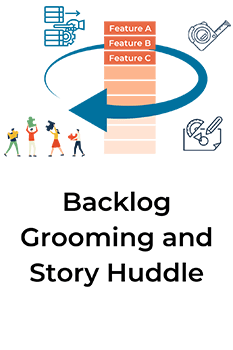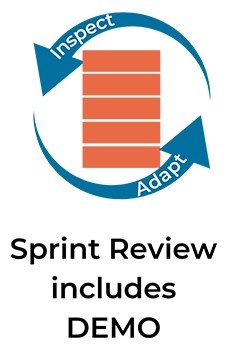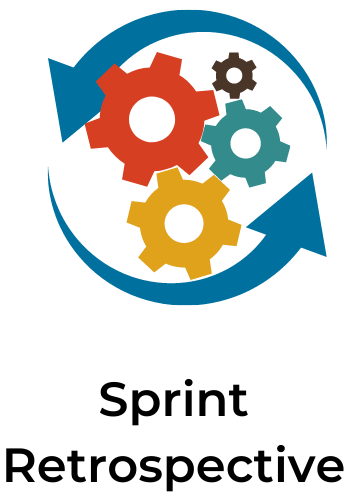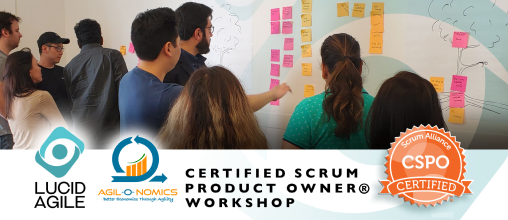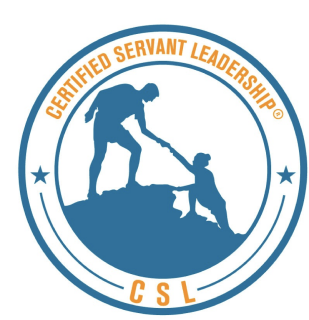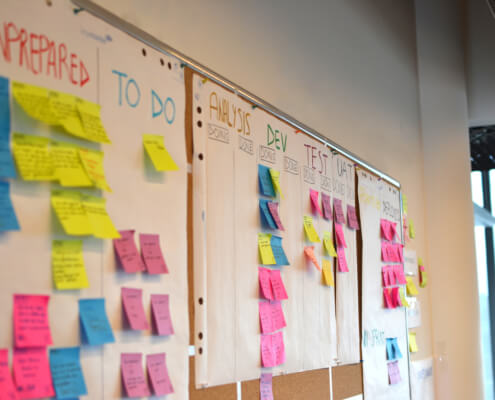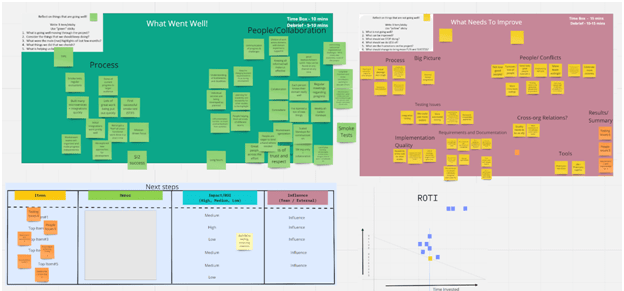Attendees: Dev Team, Product Owner, Scrum Master, Business Stakeholders, Anybody in the organization with an interest in the product
Facilitator: Scrum Master
PO Role: Proactive participant, Leads System Demo, respond to questions
Rest of Core Team: Proactive participant; Tech Lead/Devs/Testers support Demo
The Sprint Review:
2 parts: Demo & Review always
- Is open to everyone
- It is NOT for team but is a time for the team to show off their work to others, get feedback & celebrate accomplishments
- Is a report out where they could use help on organizational blockers.
- Comprises a demo that should be shared with stakeholders, business users and end users.
The Event
- Timebox 1-1.5 hours per sprint / iteration
- Conduct a Demo of everything completed during sprint
- Share Team accomplishments from sprint using Dashboard / Metrics
- Share team struggles or blockers from sprint that negatively impacted team





